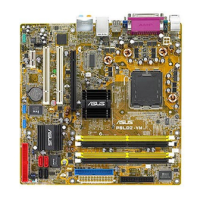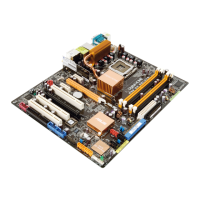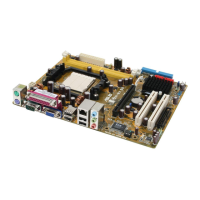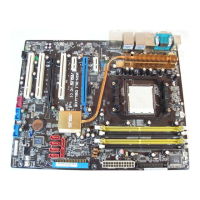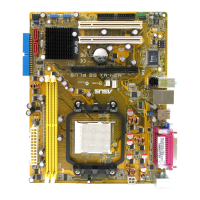4-2
Access Point (AP)
A networking device that seamlessly connects wired and wireless networks. Access
Points combined with a distributed system support the creation of multiple radio
cells that enable roaming throughout a facility.
Ad Hoc
A wireless network composed solely of stations within mutual communication range
of each other (no Access Point).
Basic Rate Set
This option allows you to specify the data transmission rate.
Basic Service Area (BSS)
A set of stations controlled by a single coordination function.
Broadband
A type of data transmission in which a single medium (such as cable) carries
several channels of data at once.
Channel
An instance of medium use for the purpose of passing protocol data units that
may be used simultaneously, in the same volume of space, with other instances
of medium use (on other channels) by other instances of the same physical layer,
with an acceptably low frame error ratio due to mutual interference.
Client
A client is the desktop or mobile PC that is connected to your network.
COFDM (for 802.11a or 802.11g)
Signal power alone is not enough to maintain 802.11b-like distances in an
802.11a/g environment. To compensate, a new physical-layer encoding technology
was designed that departs from the traditional direct-sequence technology being
deployed today. This technology is called COFDM (coded OFDM). COFDM was
developed specically for indoor wireless use and offers performance much
superior to that of spread-spectrum solutions. COFDM works by breaking one
high-speed data carrier into several lower-speed subcarriers, which are then
transmitted in parallel. Each high-speed carrier is 20 MHz wide and is broken
up into 52 subchannels, each approximately 300 KHz wide. COFDM uses 48 of
these subchannels for data, while the remaining four are used for error correction.
COFDM delivers higher data rates and a high degree of multipath reection
recovery, thanks to its encoding scheme and error correction.

